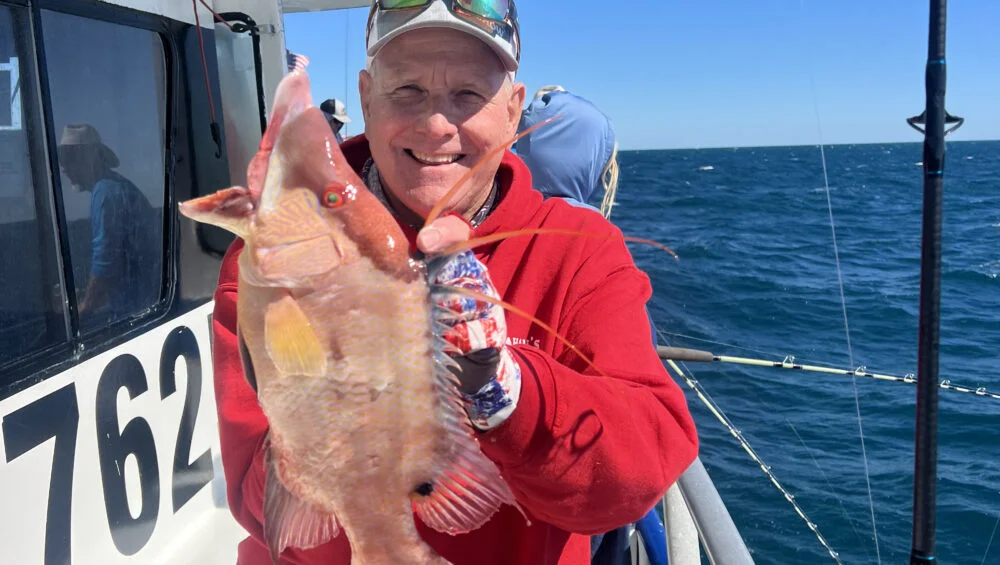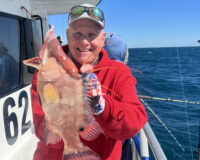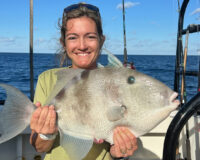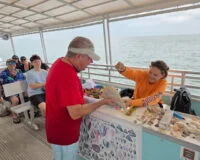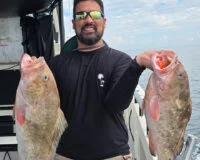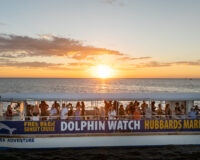Inshore Fishing Report
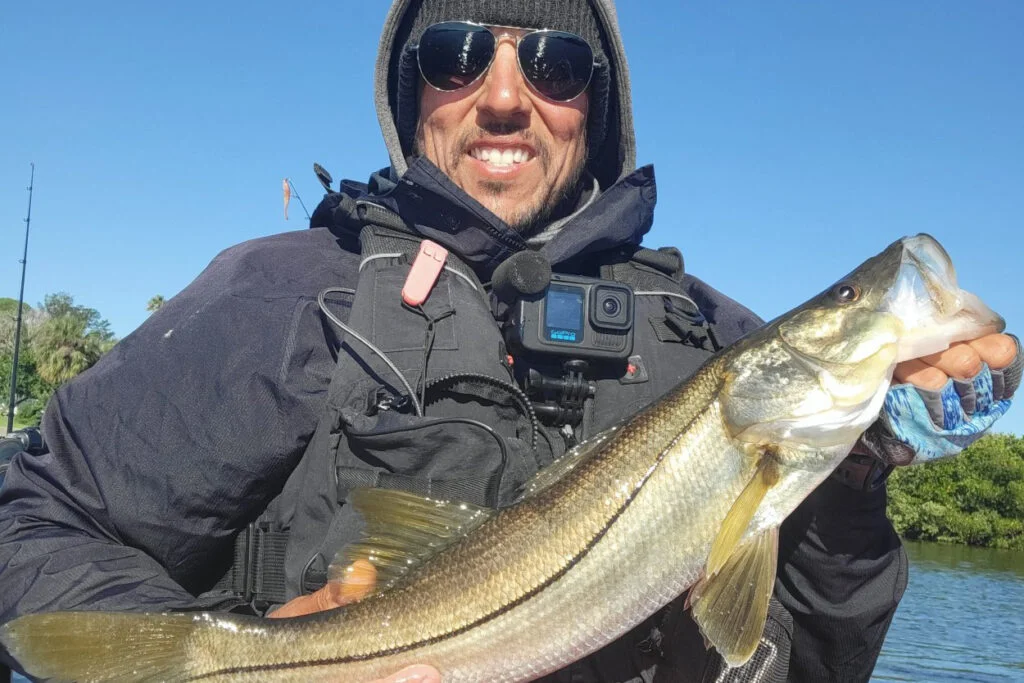

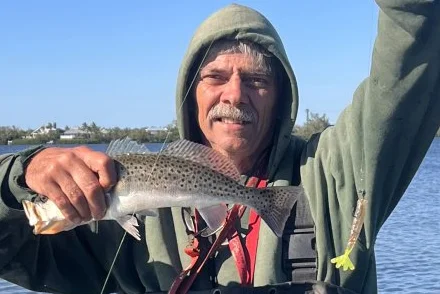
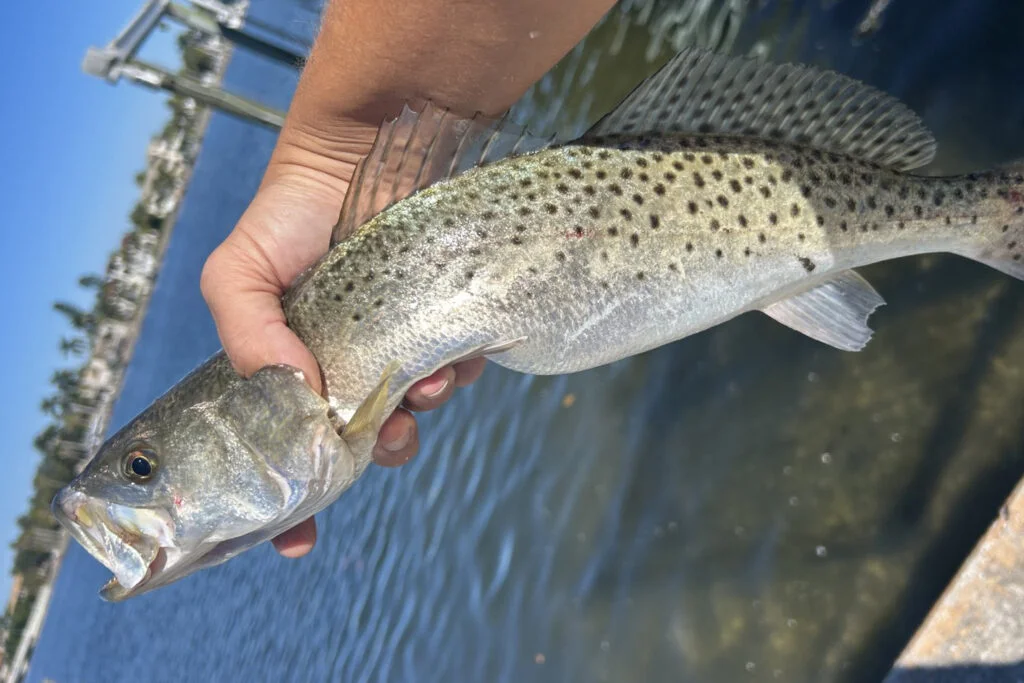
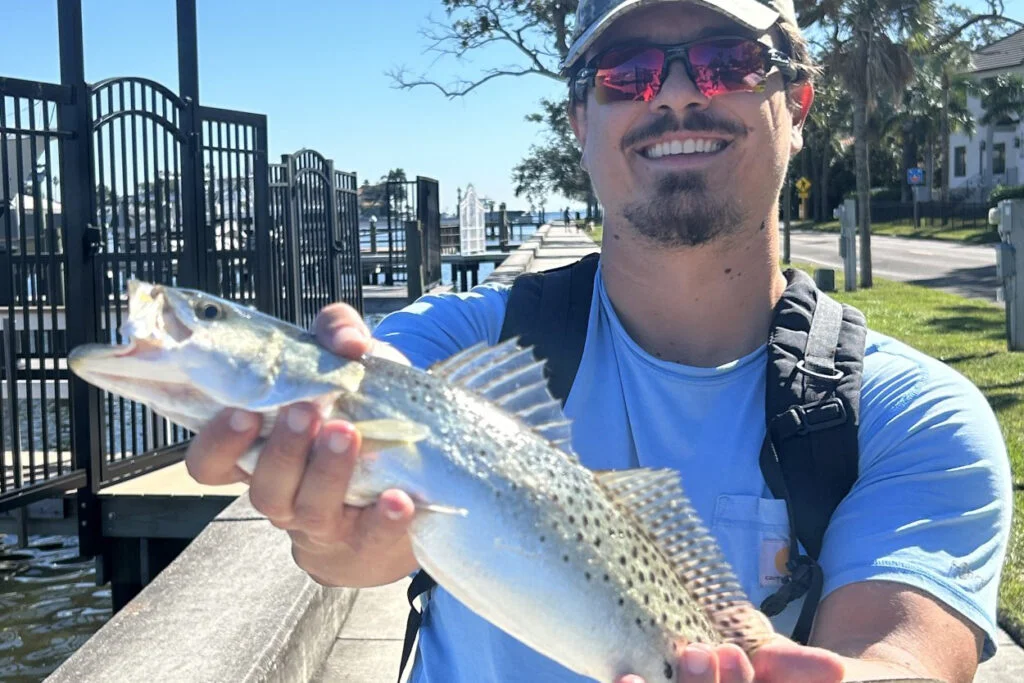
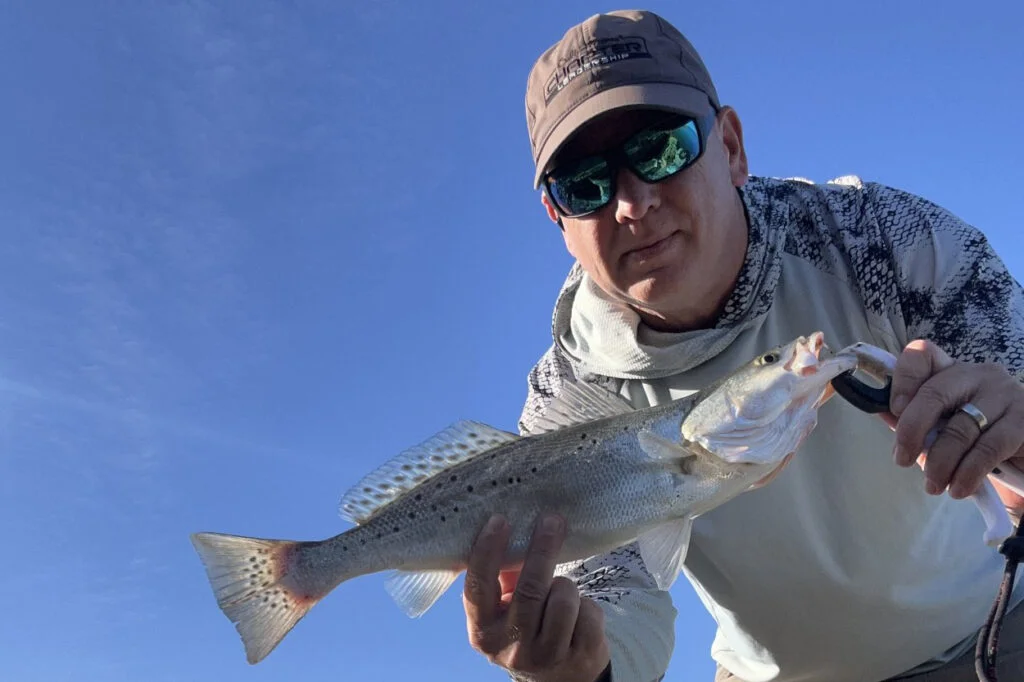
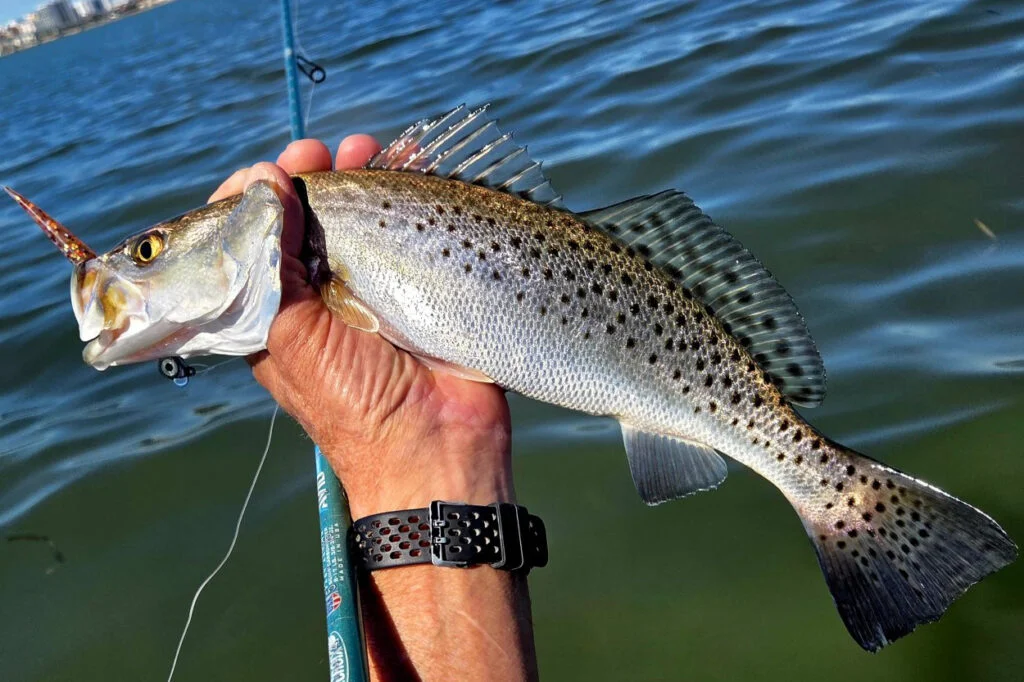
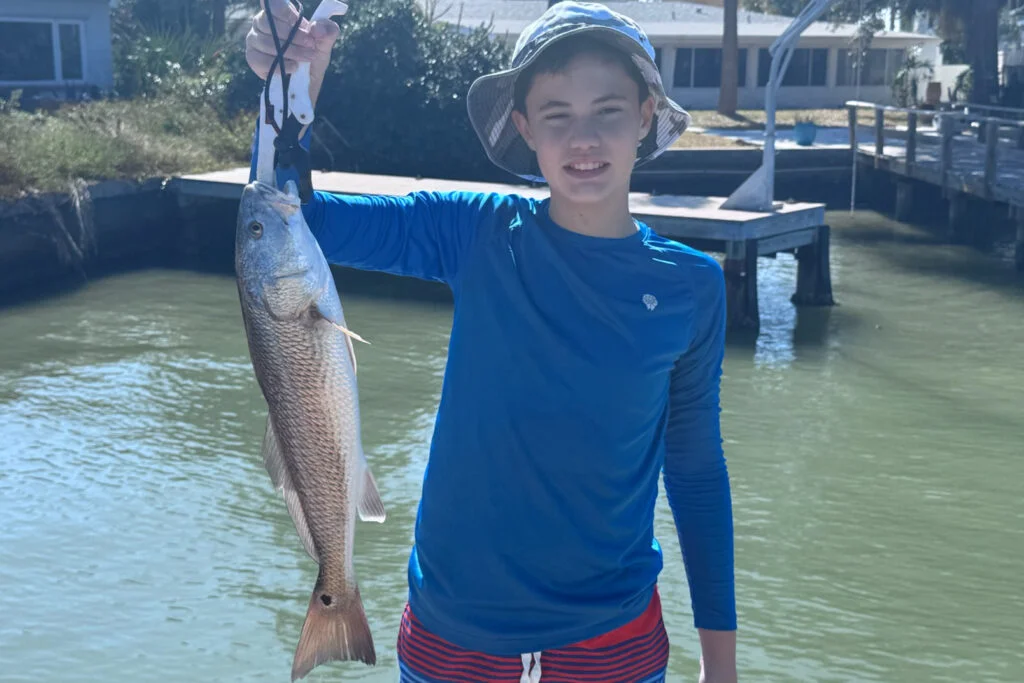
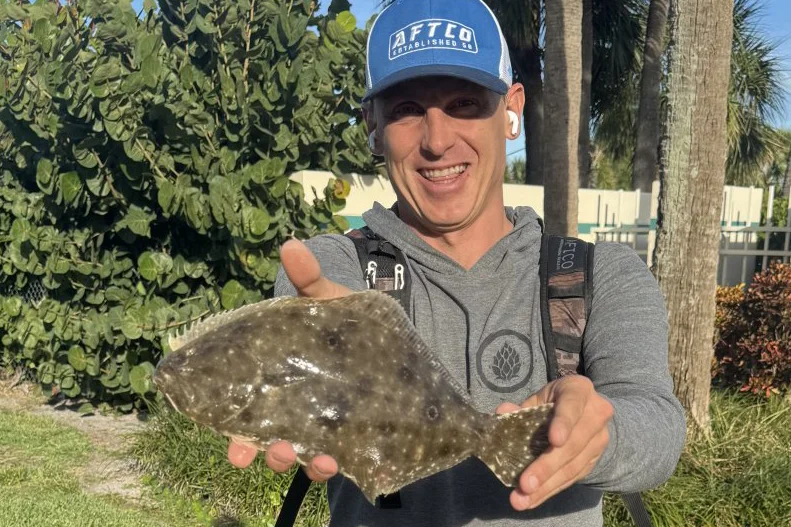
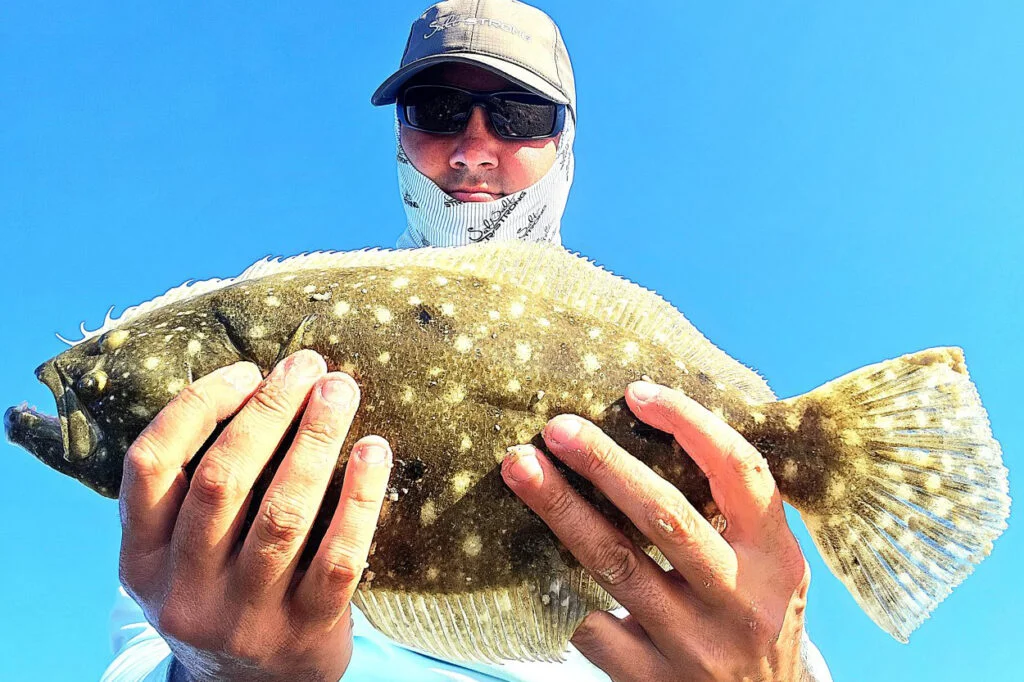


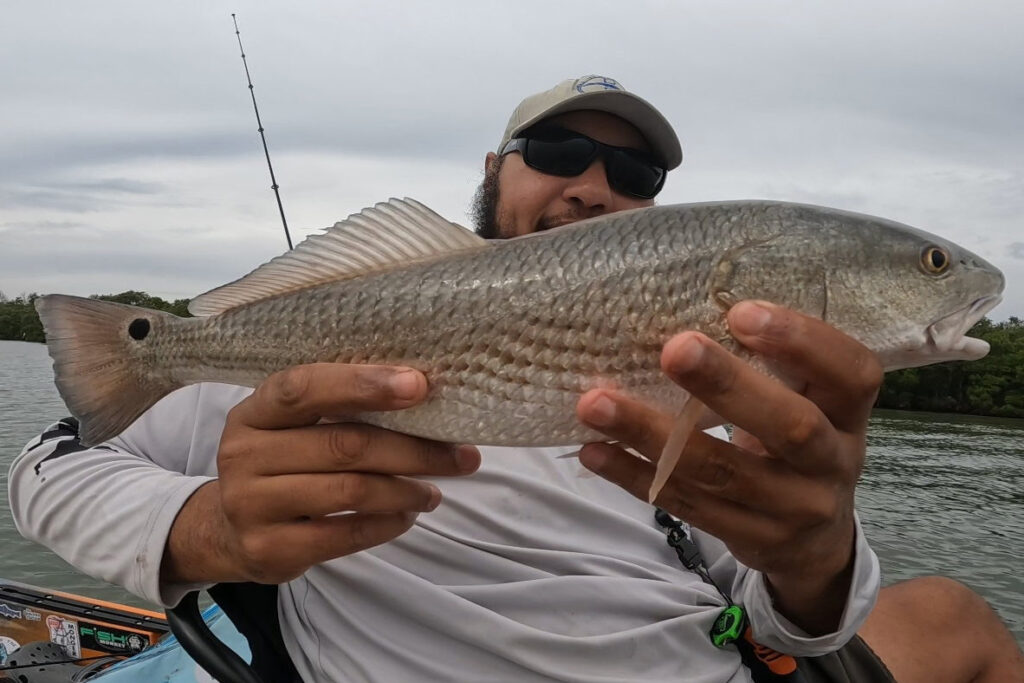


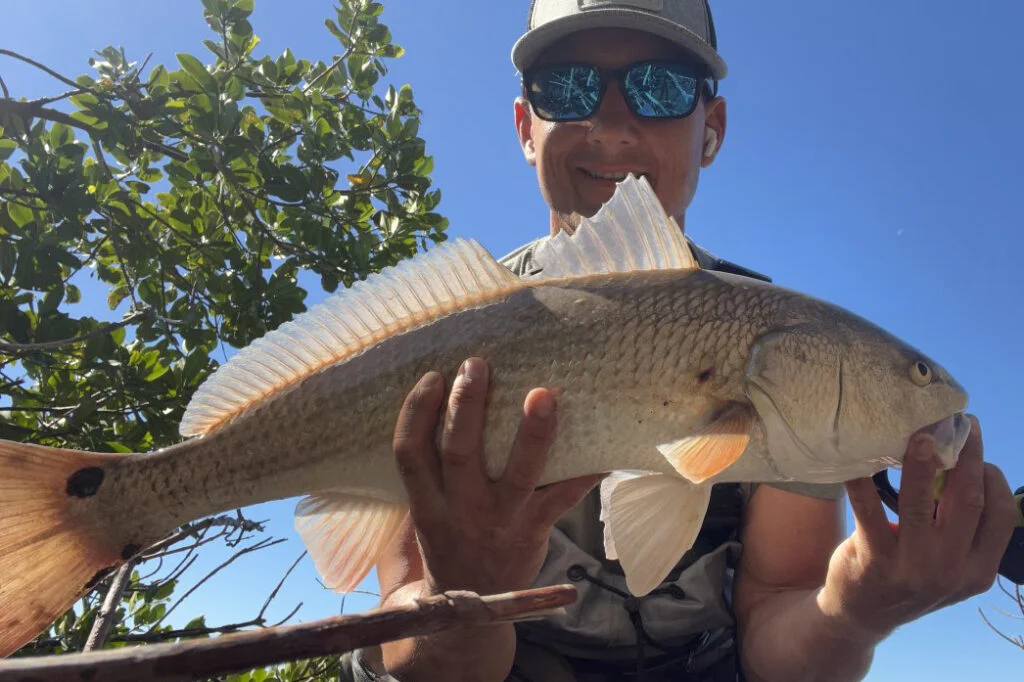

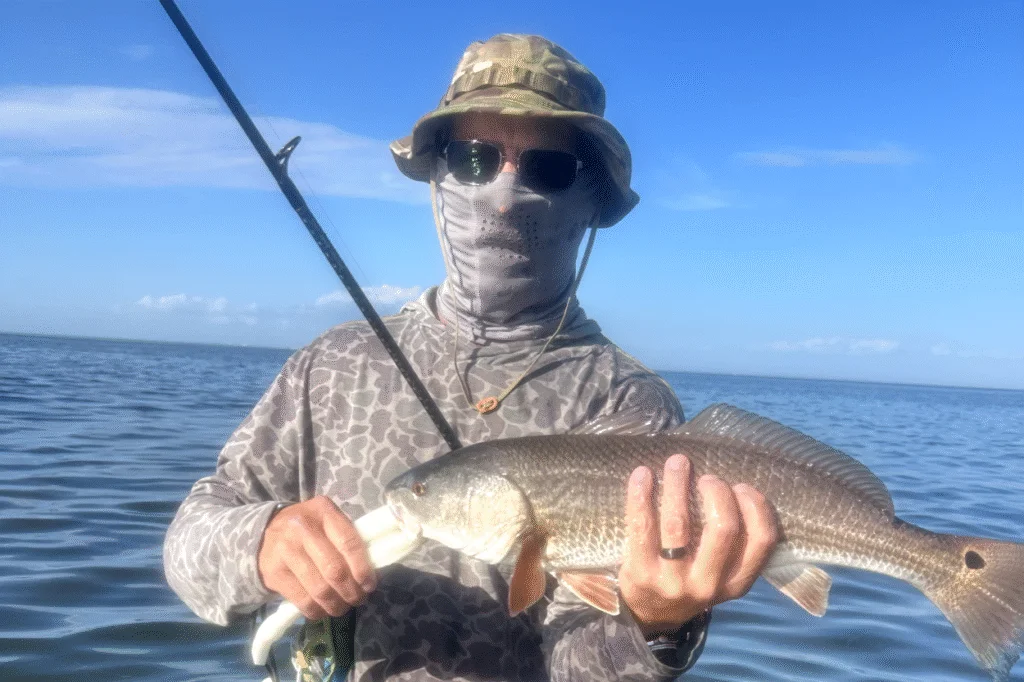
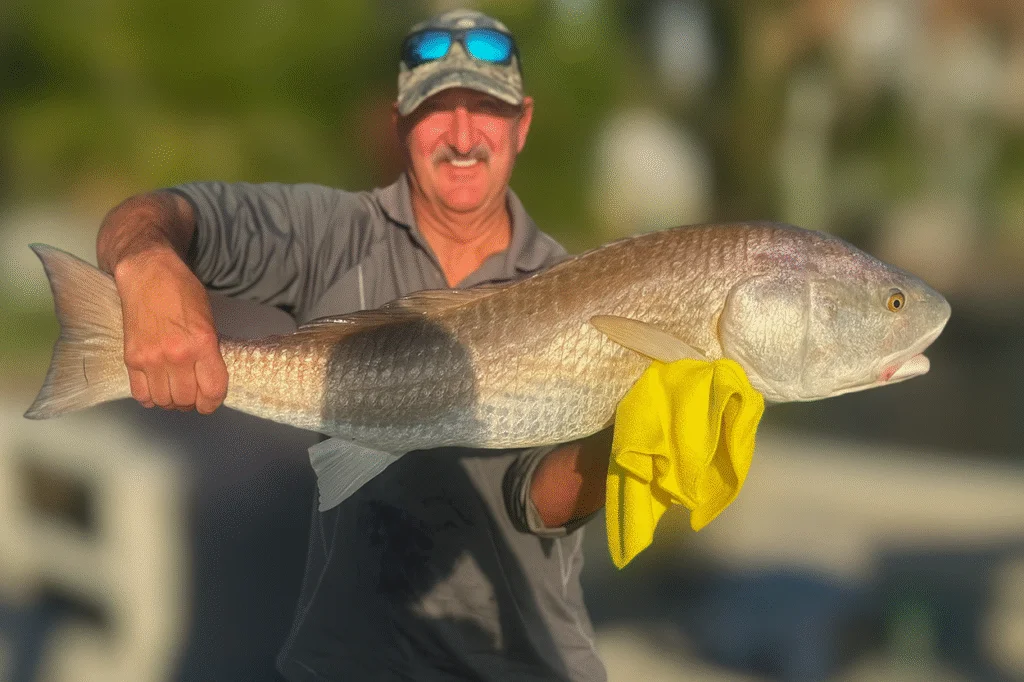
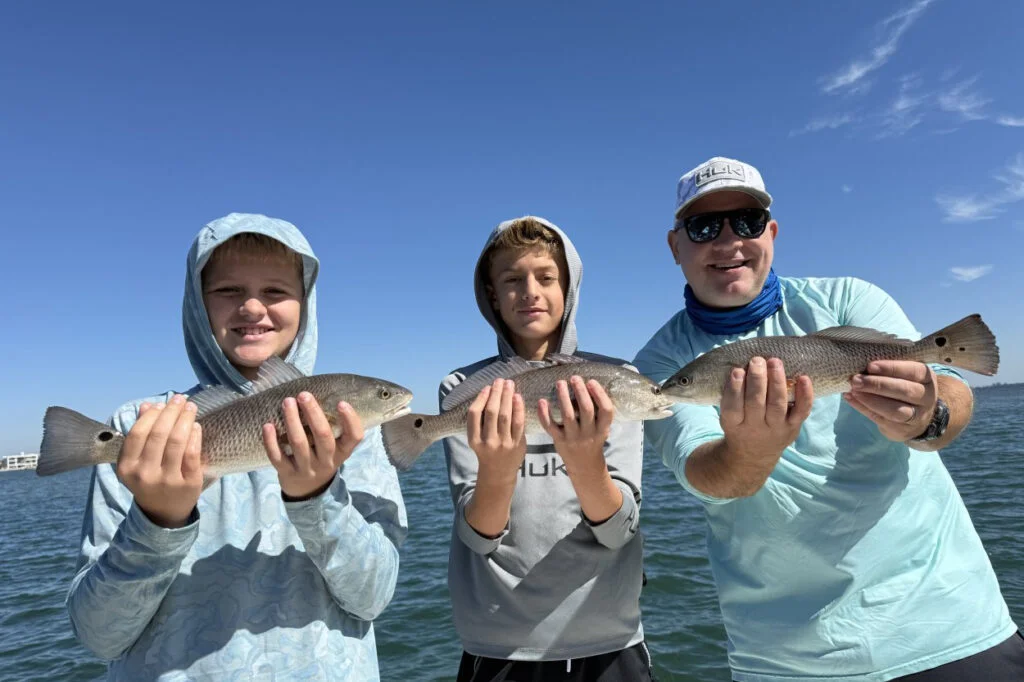

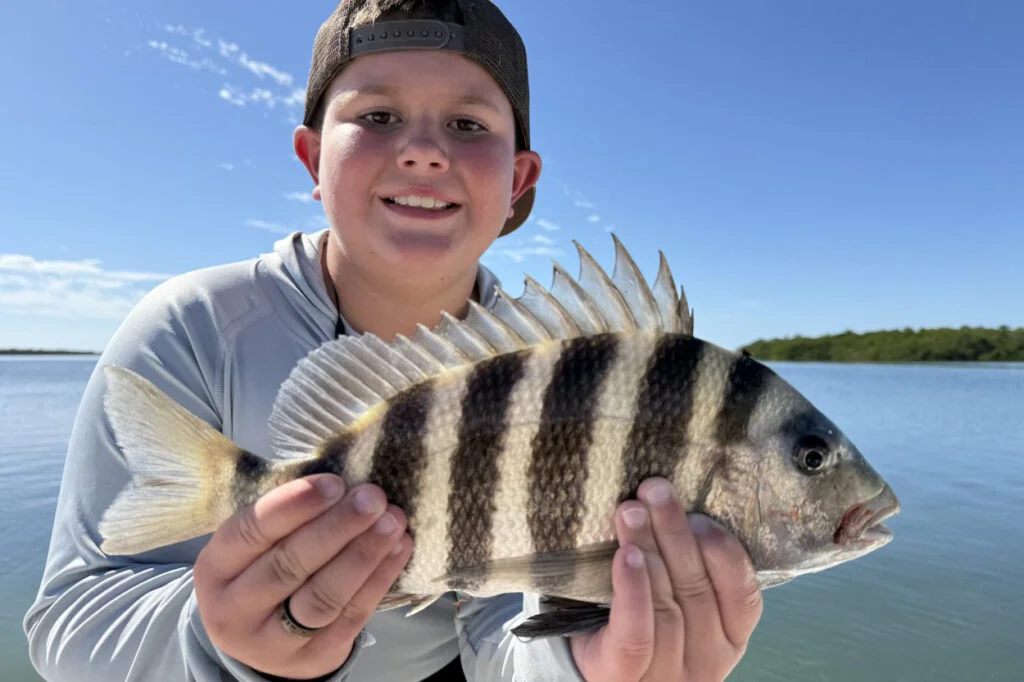

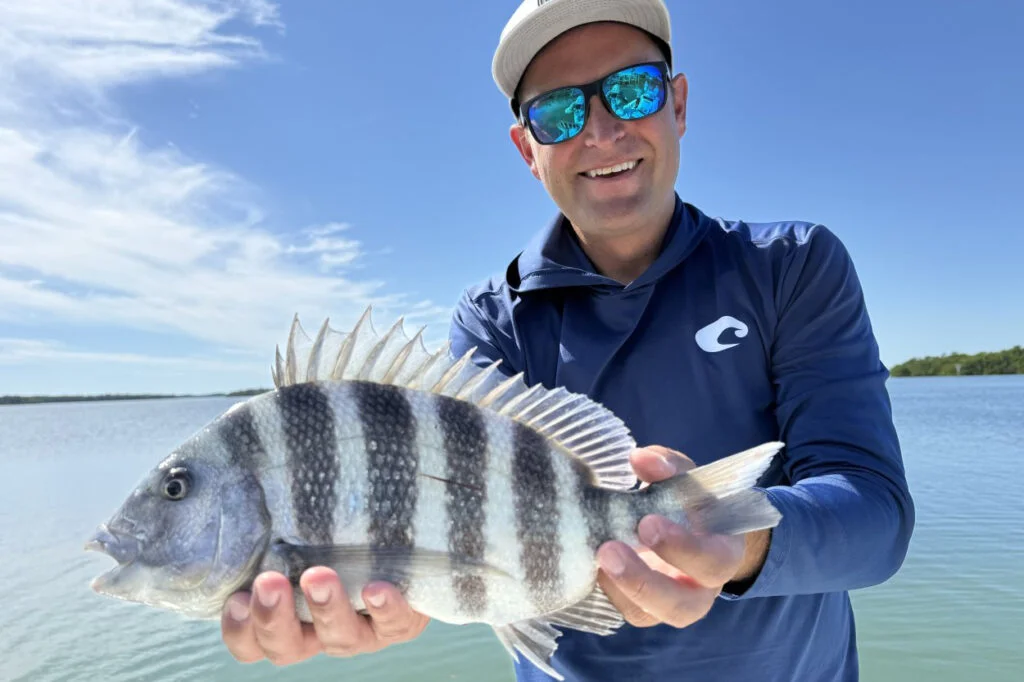
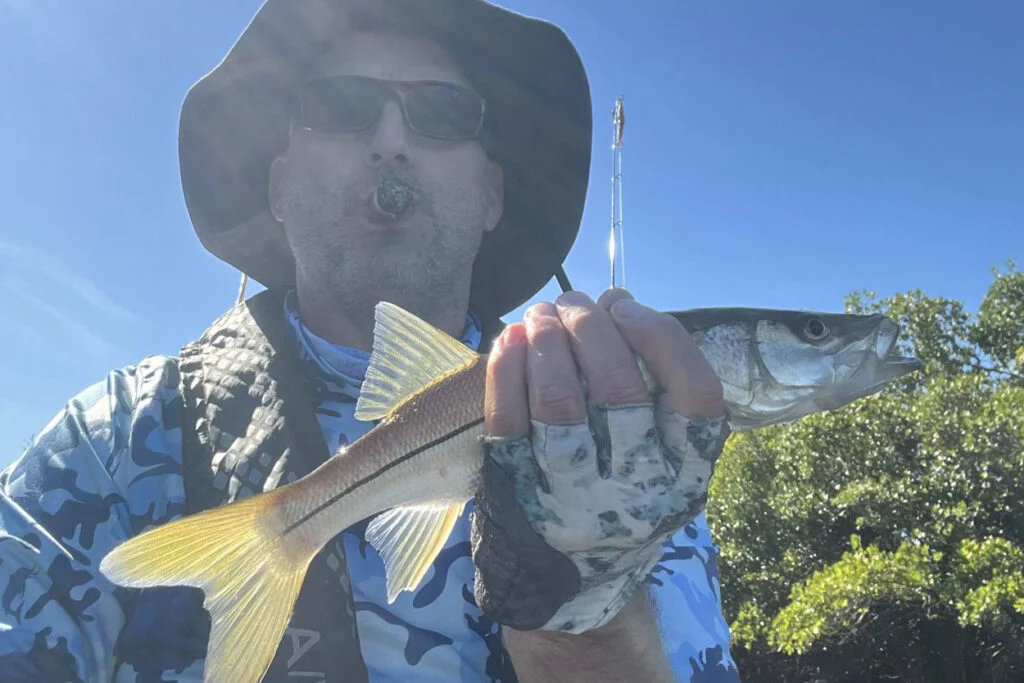
Sheepshead — Peak around docks, piers, bridge pilings, jetties, and any barnacle‑laden structure. Fiddlers or shrimp pieces on light leaders, minimal weight, and short drops right to the pilings get the clicks.
Trout — Solid numbers from the beaches and passes to the upper bay. Work edges, potholes, and current points by day; hit dock and bridge lights with moving water after dark. Soft plastics on 1/8–1/4 oz jigs or live shrimp under a cork are steady producers.
Redfish — Consistent with pockets of hot action. Follow mullet on the flats and oyster bars; slide to deeper troughs on low water and tuck into shade under mangroves and docks on the flood. Cut mullet, ladyfish, or pinfish excel.
Snook — Warming trend jump‑starts the feed. Many stage on deeper mangrove edges, bridge abutments, and passes typically but with . Plan around solunar majors/minors and tide turns; downsize leaders when they’re finicky.
Flounder — Spotty but reliable for patient anglers. Crawl soft plastics or shrimp along sandy seams, pothole rims, and beach troughs near structure; keep it glued to the bottom with pauses.
Mackerel — Thick where fast current meets bait—mouth of the bay, jetty rips, bridge spans. Burn spoons or jigs quickly, or free‑line whitebait on long‑shank hooks (20–30 lb leader).
Fishing Tips
- Snook: Use live baits like greenbacks, threadfins, and shrimp, or try flair hawks and soft plastics at night.
- Redfish: Look for them around mangroves, oyster bars, and flats, and use dead baits during higher tides.
- Trout: Target them with soft plastics, white bait, and shrimp around deeper flats and potholes.
- Tarpon: Target them during the full moon with crab flushes, making it an ideal time to target them.
- Flounder: Find them near sandy bottoms and structures, biting on bottom baits.
- Pompano: Be prepared to move frequently to stay on their bite.
- Sharks: Use big dead baits in areas with moving water.
Help spread the word about what to do if you hook or entangle a bird. Never cut the line; instead, reel in the bird carefully to dehook and release it. If you accidentally hook a dock, break the line at the hook to avoid leaving any line in the water. Seabirds with fishing lines hanging from them are becoming more common, and this could lead to the closure of fishing areas.
Rising concerns about bird entanglements might result in closing fishing spots, impacting the few available locations around Tampa Bay from shorelines, docks, bridges, or piers. Learn more in our podcast with Salt Strong: https://www.saltstrong.com/articles/shutting-down-fishing-at-busy-pier/.
NEarshore Fishing Report
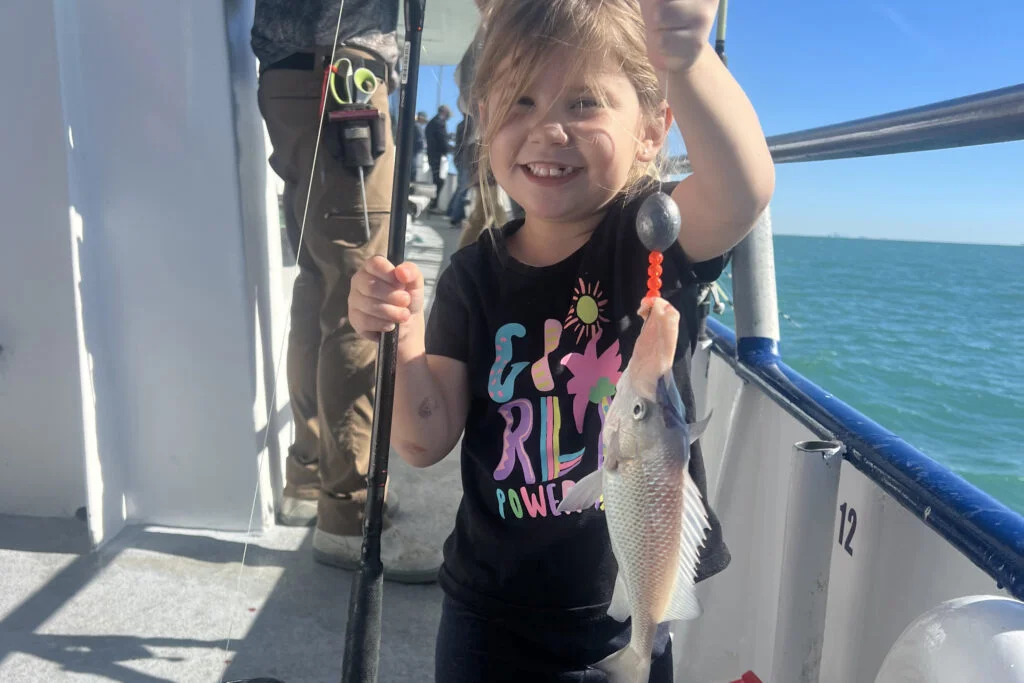
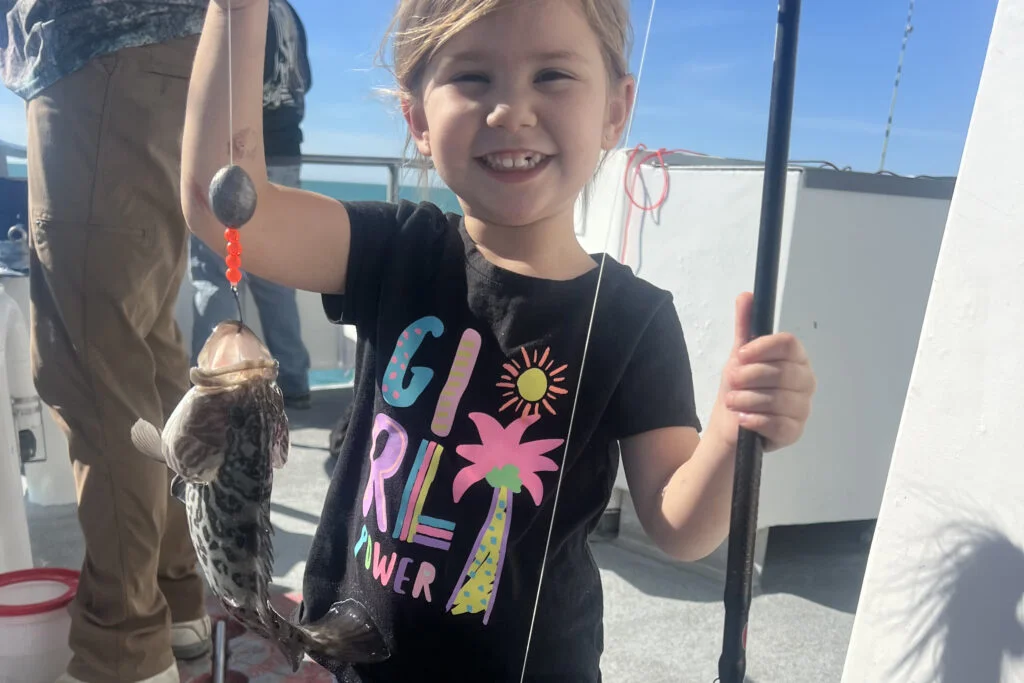


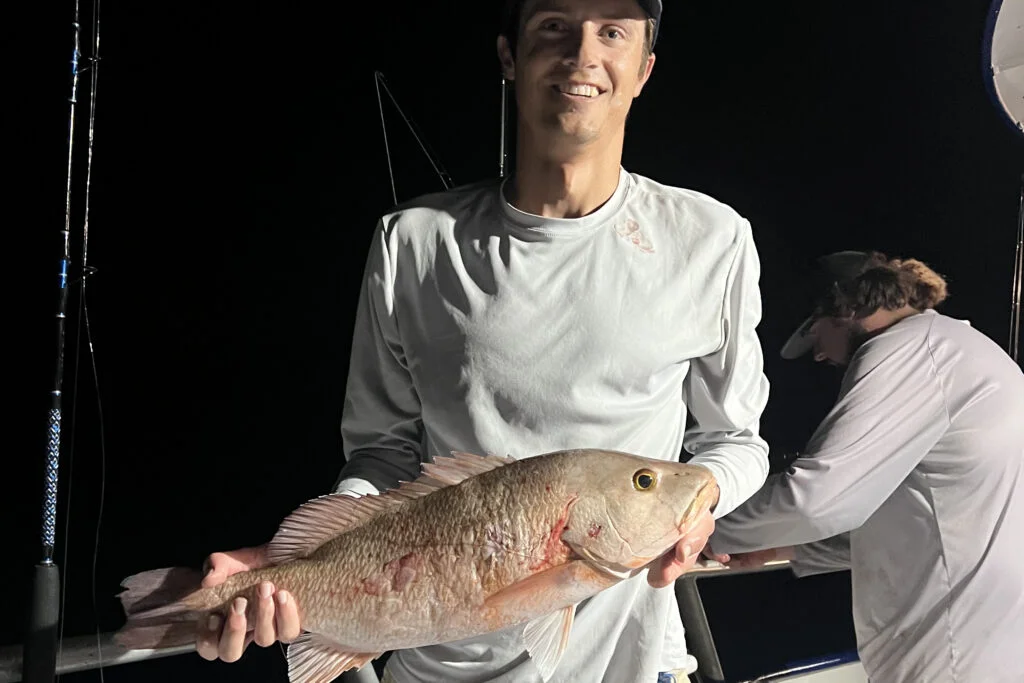
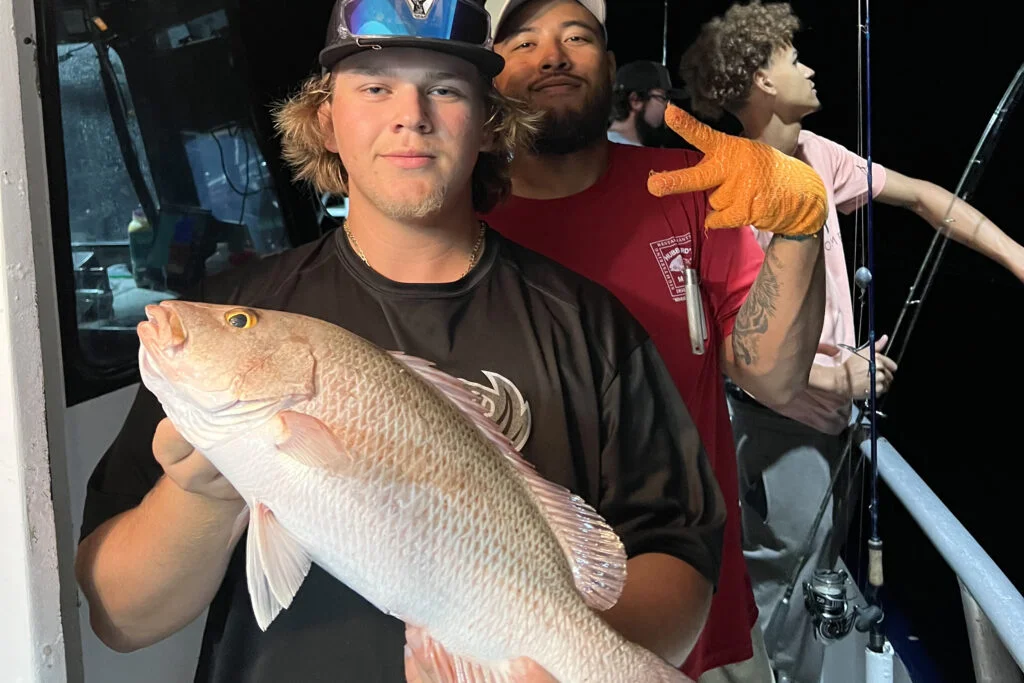

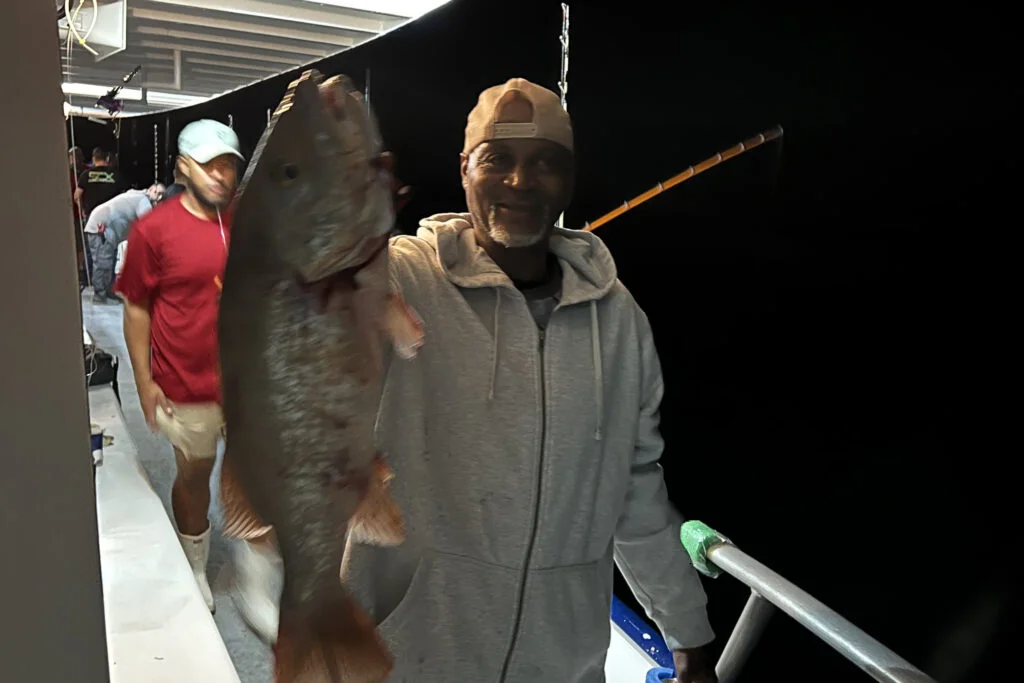

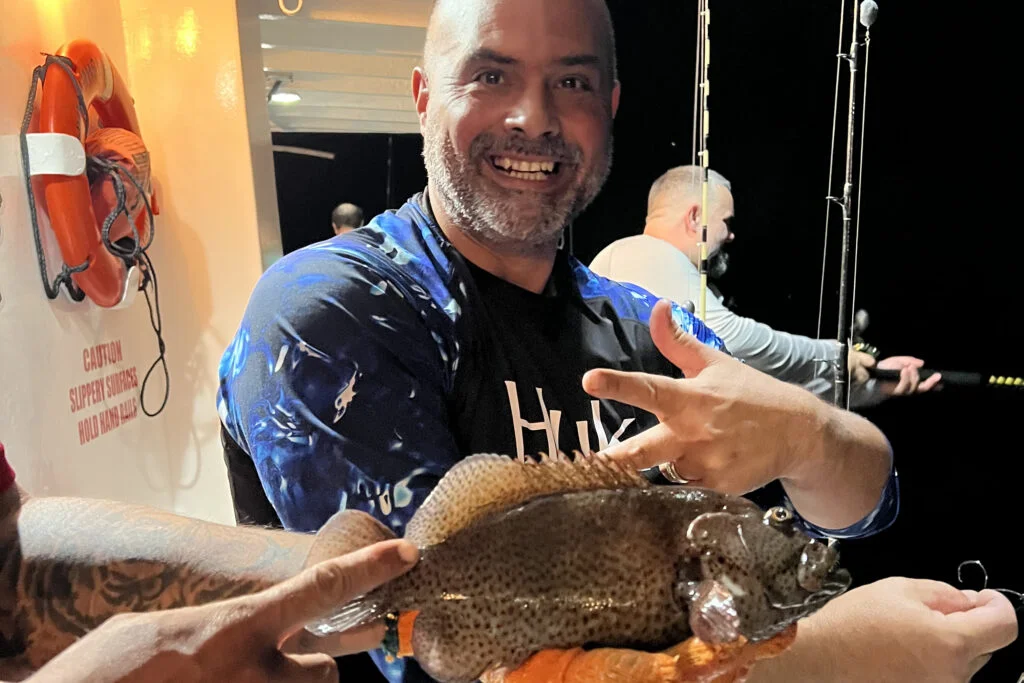


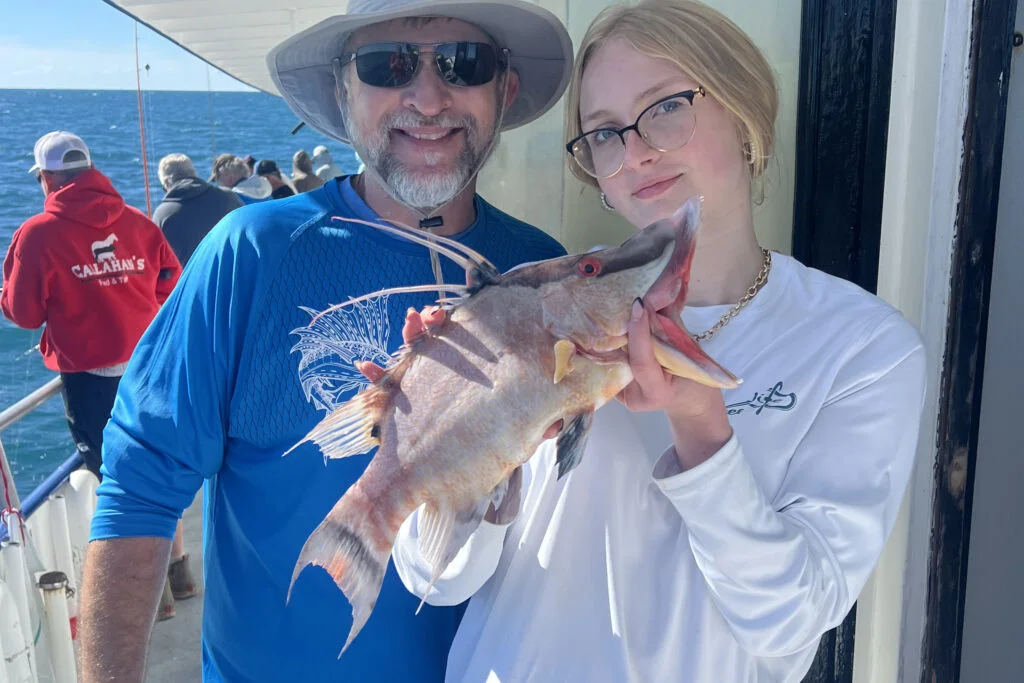



Hogfish — Turning on in 35–70 ft over low‑relief hard bottom and shell adjacent to ledges. Live shrimp, 30 lb fluoro, 3/0–4/0 hook, 1–2 oz knocker rig and a 10–15 ft topshot.
Lane Snapper — Prolific from ~60–100 ft. Squid gets quick bites; live shrimp and cut threadfin sort the bigger lanes.
Mangrove Snapper — Hit‑or‑miss but trending up with cleaner water and flow. Small double‑snell threadfin chunks on 30–40 lb leader; live shrimp when they’re shy.
Red Grouper — Occasional keepers in the deepest near‑shore on big dead baits or lively pinfish; plenty of shorts inside, so keep covering ground.
Mackerel & Kingfish — Spanish are stacked; a few kings sliding with bait schools. Keep a flatline out and troll spoons/plugs around rips and bait stacks between drops. However, this last cold front may have caused a loss in numbers to the area… will be interesting to see what happens this week with the warm up if they will still be around.
Fishing Tips
- Red Grouper: Target the deepest near shore waters with big dead baits or solid live baits. Use 60 lb test and 7/0 hooks for best results.
- Red Snapper: Use big dead baits like whole squid and bonita strips with heavy tackle to focus on larger fish. Prime trips include the 12-hour extreme, 39-hour, and 44-hour trips.
- Scamp Grouper: Use small to medium pinfish and cut threadfin, especially while targeting mangrove snapper.
- Mangrove Snapper: Near shore, use live shrimp and small chunks of threadfin on 30-40 lb test with 3-4/0 hooks. Offshore, use bigger chunks of cut threadfin or medium pinfish on 40-60 lb test with 5-7/0 hooks.
- Vermillion Snapper: Start around 100 feet of water using cut squid or threadfin. These fish are aggressive and not leader-shy.
- Yellowtail Snapper: Use shrimp, cut squid, and threadfin.
- Pelagic Species: Keep flat lines and pitch rods ready for sailfish, kingfish, wahoo, tuna, and mahi mahi.
Offshore Fishing Report


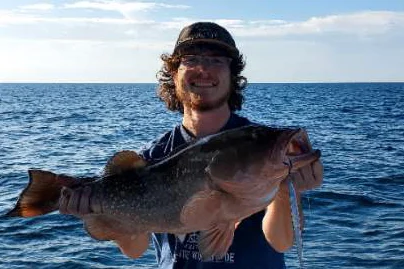
Mangrove Snapper — Strong on ledges, rock piles and potholes. Cut threadfin on double‑snell (40–50 lb leader, 6/0 hooks) is the standard; swap to small/medium live pins for bigger class fish.
Yellowtail — Best action has been deeper than 120-140ft. Downsize: 40 lb or lighter leader, small hooks, and tiny strips of squid or threadfin. A little chum helps—keep presentations natural.
Triggerfish — Chewy 2‑inch squid/bonita strips and small hooks. Measure carefully and mind the regs.
Red Grouper & Scamp — Work low‑relief hard bottom, cracks, and potholes. Big dead baits (bonita, squid, mackerel) and medium pinfish on 50–60 lb leader with 6/0–8/0 hooks. Stick‑and‑move until you find the chew.
Muttons — More common of late on deeper sets. Medium pinfish or strip baits on longer leaders, most common at night.
Pelagics — Keep a flatline riding for blackfin, kings, and the odd mahi or wahoo around bait shows, color changes, and rips. Speed/slow‑pitch jigs pick bonus fish during drifts or swings.
Don’t forget, that we have some great videos on our fishing tips and tricks page here to show you how to target and rig for almost any species-> https://www.hubbardsmarina.com/fishing-tips/
Remember that when fishing in deeper nearshore and offshore federal waters, the Descend Act requires you to have a descending device or venting tool “rigged and ready.” If you know how to use a venting tool, keep it prepared. If not, here’s some helpful advice: https://bit.ly/3L5HTnv. Using a descending device is straightforward and doesn’t require as much precision or practice as venting. Return em’ Right has a training course only takes about 10-15 minutes, and you can learn valuable techniques to protect our offshore fishery. Spread the word by visiting: https://returnemright.org/.
TERMS OF REFERENCE-
Inshore: This covers the areas from the inner bays, through the bridges, and right up to the beaches.
Near Shore: This includes the coastal waters from the beaches up to twenty miles offshore, or up to a depth of 100 feet.
Offshore: This extends from twenty miles offshore or from a depth of 100 feet and beyond.
For more fishing reports, photos, videos, and other content, check out Hubbard’s Marina on Facebook, Instagram, YouTube, TikTok, Twitter, Pinterest, or Snapchat by searching for @HubbardsMarina. Remember our family motto: “If you’re too busy to go fishing, you’re just too busy!” Thank you for reading our report.
Capt. Dylan Hubbard, Hubbard’s Marina
Phone or text: (727) 393-1947
Website: Hubbard’s Marina
If you’re not seeing the latest article, try clearing your browser cache.
You can search “how to clear browser cache” on Google for quick steps.

